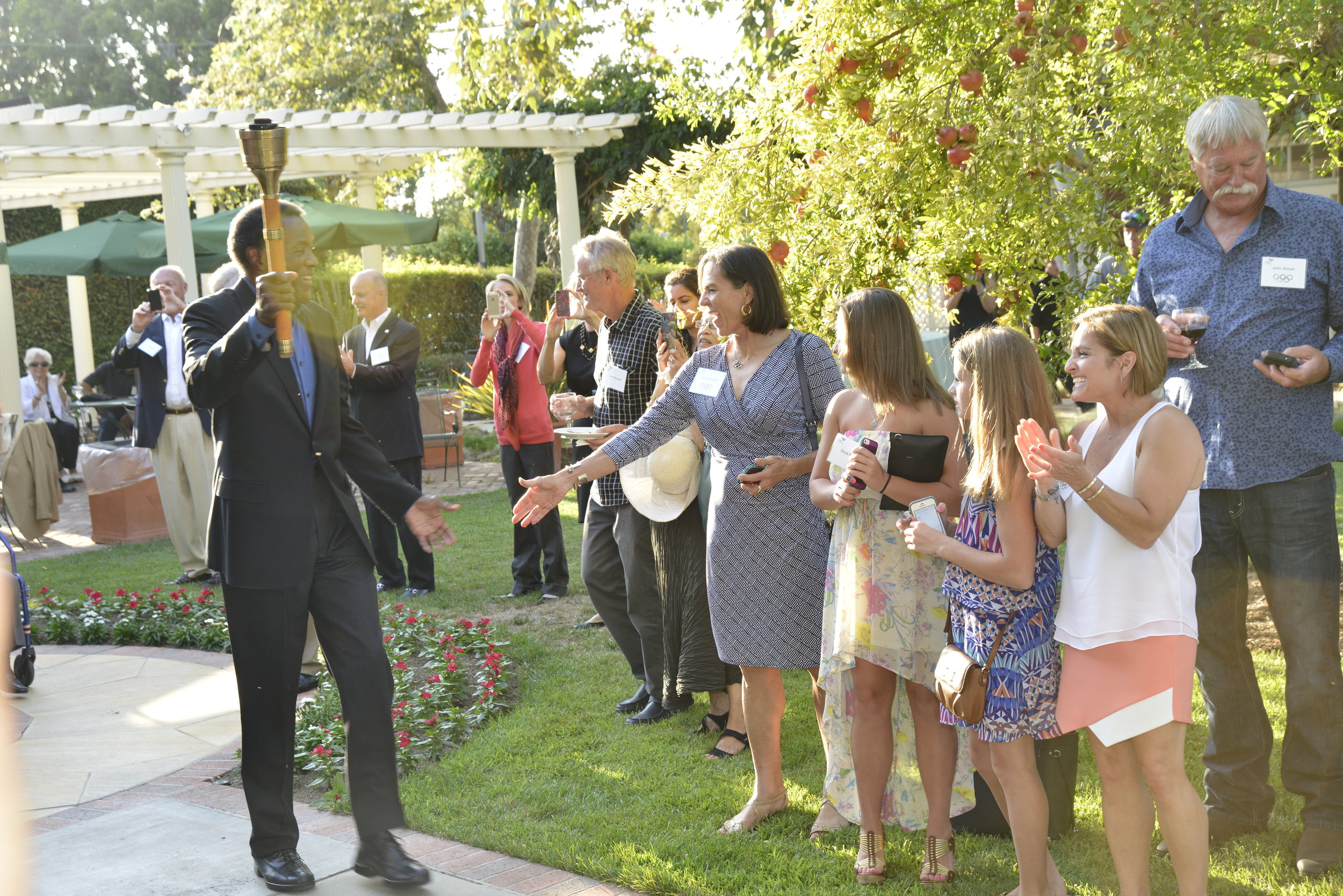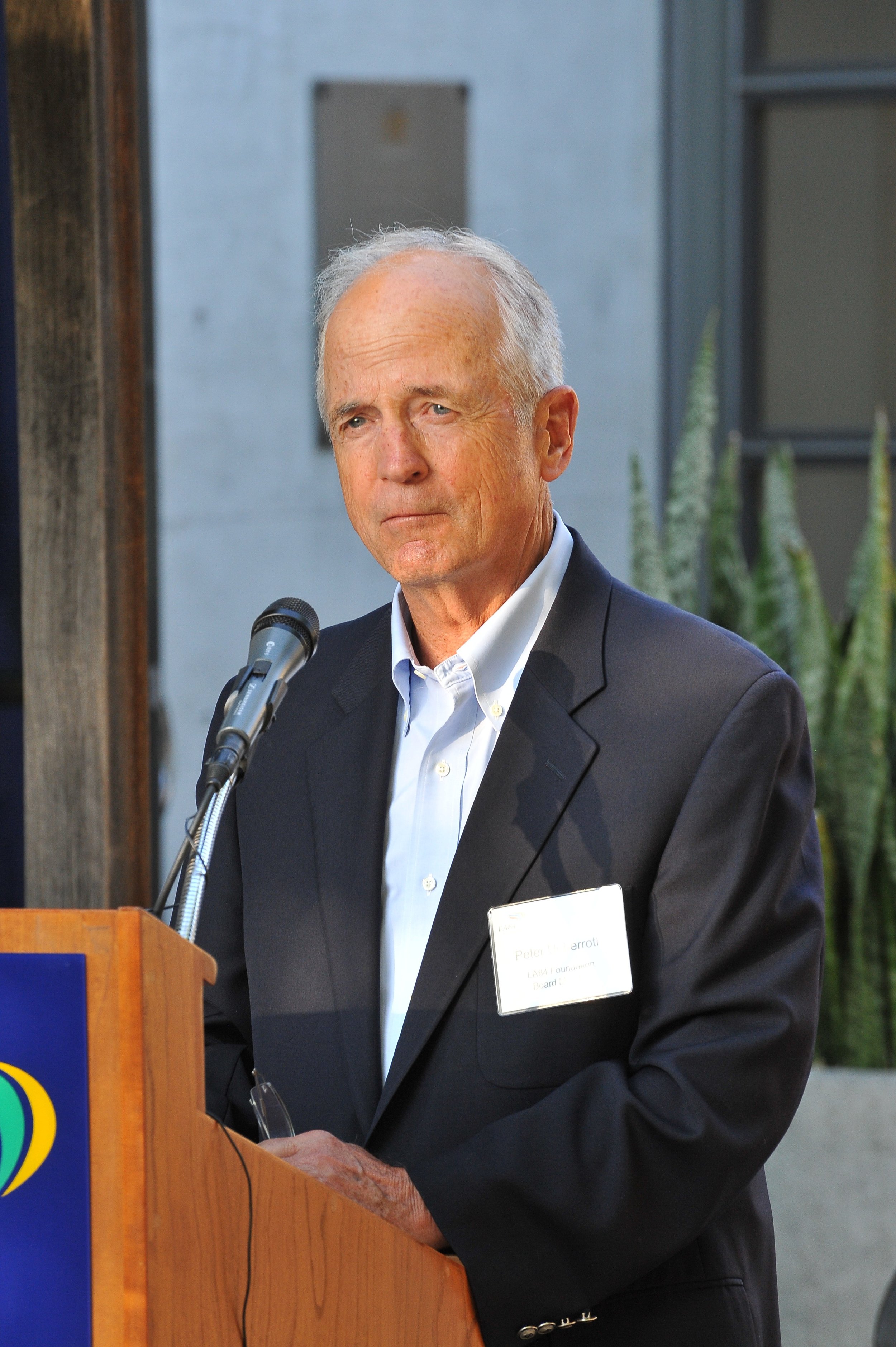No one likes I-told-you-so’s, and if there is a good lord up above, he — or she — knows full well that others find it tiresome, indeed, to hear Americans boasting about anything. So this is not — repeat, not — that column. There’s no point. At the same time, it’s just plain dumb to ignore reality. So, now, with International Olympic Committee extolling a renewed commitment to “sustainability” and “legacy,” and with the true believers this week celebrating the 30th anniversary of the 1984 Games that changed everything, it’s entirely reasonable to look anew at those Los Angeles Olympics. Because they didn’t just save the modern Olympic movement — they set the standard for sustainability and legacy, too.
Also this: if in more recent Olympic bid campaigns, U.S. efforts have gotten knocked down in part because American cities are different — the whole notion of 50 states means the federal government itself won’t underwrite a bid the way national governments in other countries will — it’s only fair now to note for the record that the LA Games, while often touted as privately run, absolutely included significant public monies.
It’s easy, perhaps even understandable, for others elsewhere to want to beat up on the United States, the world’s only superpower.
However, when it comes to the Olympics, and issues of sustainability, legacy and public-private partnership, the question — as the historical record proves without a shadow of a doubt — is, why the knock on the USA?
You’d think the American way would be celebrated as a model.
The planning that went into the 2002 Salt Lake City Winter Games, for instance, was always meant to transform the U.S. into a winter-sports nation — with major universities in and around town and world-class venues just up Interstate 80 in Park City, Deer Valley and a few minutes beyond in Soldier Hollow. The proof has come in the medals count in Vancouver and Sochi.
If in Olympic circles no one much likes to talk loudly about Atlanta — the main Olympic Stadium, when all is said and done in two years, will have served as the home for the baseball Braves for nearly 20 years. There's a legitimate argument about whether 20 years is enough -- but compare 20 years of day-in, day-out baseball to, for instance, the Bird's Nest in Beijing or the Olympic Stadium in Athens.
And then, of course, there is Los Angeles — where on Monday evening, at the LA84 Foundation grounds, they held a low-key party to commemorate the 30th anniversary of the opening ceremony.
Just as he did on July 28, 1984, Rafer Johnson carried the torch. This time, though, it wasn’t up the steeply angled staircase that had been built at the Los Angeles Memorial Coliseum. It was only a few easy, level steps.
“Tonight was fantastic,” Johnson said as he posed for photos with Peter Ueberroth, who oversaw those 1984 Games. “No stairs.”
The gymnast Mary Lou Retton was on hand. The hurdler Edwin Moses. Dozens more athletes from 1984. Anita DeFrantz, the senior IOC member to the United States and the foundation president, herself a bronze medalist from the 1976 Montreal Games.
Even Sammy Lee, the gold medal-winning diver from 1948 and 1952.
It was a celebration — and there was, upon reflection, much to celebrate.
The foundation was created with 40 percent of the $232.5 million 1984 surplus.
Since 1985, the foundation has invested $220 million into Southern California youth sports. This includes $103.3 million in direct grants, plus spending on foundation-initiated youth sports programs, coaching education, research projects, youth sports conferences.
The foundation has developed a major sports library and digital collection, and has published reports on, among other topics, the prevention of ACL injuries, the educational benefits of youth sports, increasing Latina sports participation and tackling in youth football.
The foundation’s grants have served three million young people (under age 17). Some 1,100 organizations have received grants. About 80,000 youth sports coaches have been trained.
Simply put, is there another institution in the world, anywhere, that has done anything like the LA84 Foundation?
Remarkably, it has done even more — its definition of “legacy” incredibly expansive.
LA84 has made over $20 million in infrastructure grants. That investment, in turn, has leveraged another $100 million from other funders. That money has meant nearly 100 facilities have been refurbished or built from the ground up.
Among the most notable projects: the John Argue Swim Stadium at Exposition Park across from the University of Southern California, in which the 1932 Olympic Swim Stadium was refurbished, and the construction of the Rose Bowl Aquatics Center in Pasadena, California.
LA84 has an ongoing partnership with the Los Angeles Dodgers Foundation. To date, 30 baseball fields have been built.
That $232.5 million figure has long been a source of fascination, if not more.
In 1978, Los Angeles voters, by a wide margin, voted against public funding for the Games. And as the official report of the 1984 Games notes, the federal government turned down a $200 million grant request from the LA84 organizing committee in the "early" planning stages.
Even so, there absolutely was public spending on the Games.
For instance:
-- The federal government spent $30 to $35 million for security; other federal agencies projected another $38 million in spending, which was accounted for through additional appropriations or by reduced spending in non-Olympic areas. The LA84 organizing committee budgets do not account for these federal funds.
-- The state of California would claim $14.3 million in unreimbursed Olympic costs but only $3.6 million represented a special appropriation.
-- The organizing committee paid for policing in Los Angeles and other Southern California cities.
Overall, the $232.5 million surplus is, as it should be, strictly a reflection of the organizing committee's budget. Even so, if you were to figure in federal, state and local spending, there's still no question the organizing committee would have finished the 1984 Olympics way into the black.
Finally, this:
On November 1, 1984, the LA Times published a story whose headline declared, “Giant Olympic Surplus Spills Over Into Anger.” At that point, the surplus was being estimated at perhaps $150 million — the $232.5 million figure would not yet be known — and the city attorney in Fullerton, California, was bemoaning the money it had paid out to hold the Olympic team handball events at the Cal State campus there.
It would be a fascinating measure of legacy, indeed, to weigh the costs to taxpayers in or before 1984 against LA84 Foundation grants to public entities in the 30 years since.






